California Roads - I-710 NB

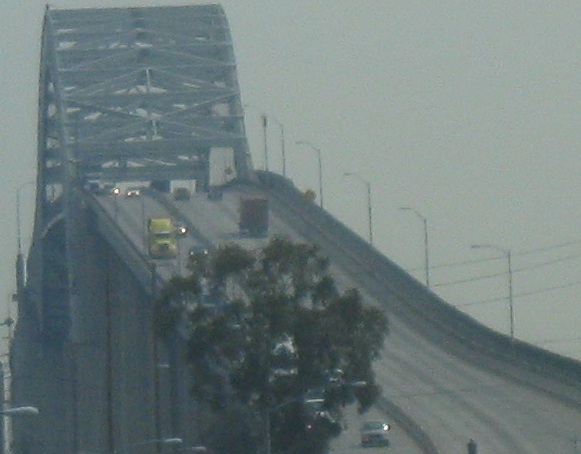

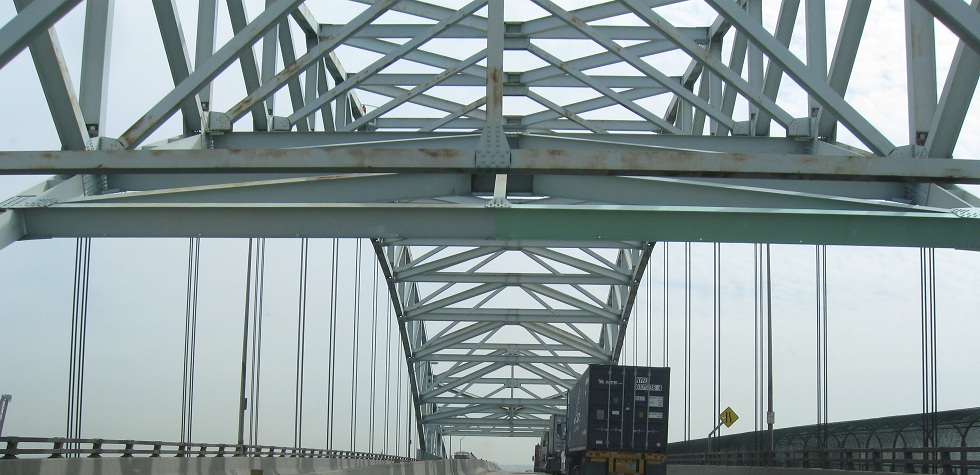

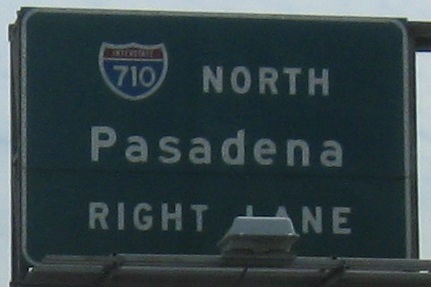
I-710 begins from CA 47 and crosses the Gerald Desmond Bridge. It wasn't always this way, though. The bridge was built for Ocean Blvd., which was later upgraded to Seaside Freeway. Only many years later was I-710, itself a latecomer to the Interstate scene, extended west that way to end at a state highway instead of at the end of the freeway. Now, I think Caltrans should have continued 710 all the way over to end at I-110, but they're not in the business of making sense. The last photo is the Seaside Freeway EB exit, now I-710 NB but formerly the beginning of the route.



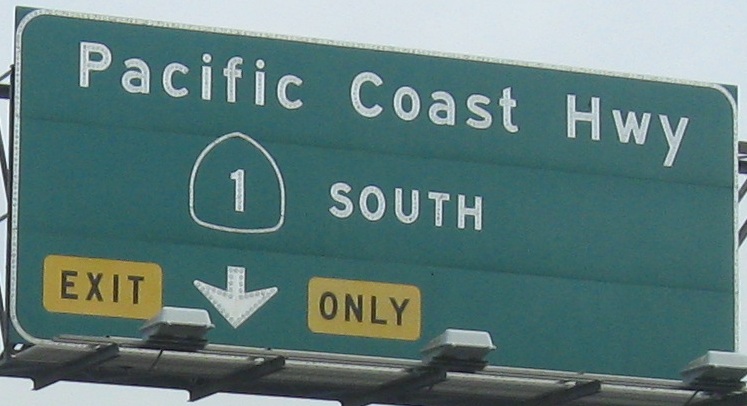
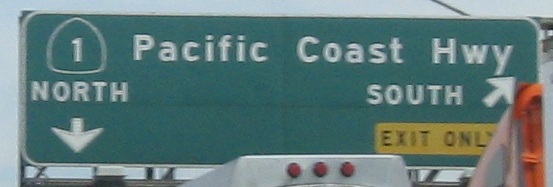
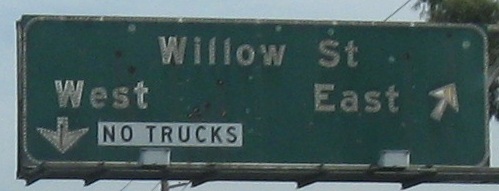



Under the Wardlow Rd. bridge to a sign on the Exit 4 ramp. The Willow St. West sign should have the direction in all caps.


The first photo is on the C-D road getting traffic onto I-710 from Wardlow Rd., and the second is where it splits to let I-710 NB traffic get to I-405. If something looks odd to you, it's I-710 being patched over CA 7. I told you it's a latecomer to the Interstate scene - but that's just the route number, not the freeway itself. I'm a fan of the old-style narrow I-405 shield - California pioneered wide shields (first with US highways), so it's unusual to see one like this.


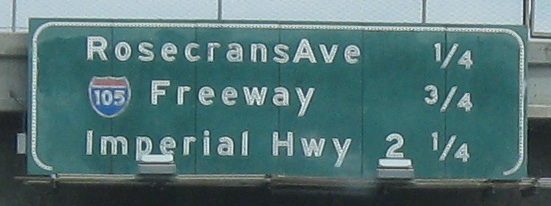

Skipping north a bit, the last photo is on the Exit 11 ramp. And, for once, Caltrans has actually installed the exit number within 5 years of designating it.

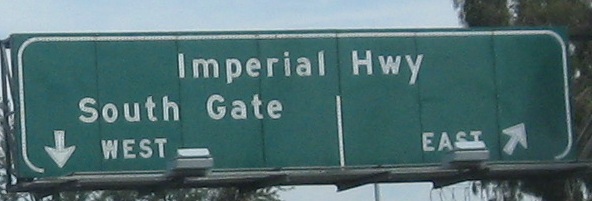

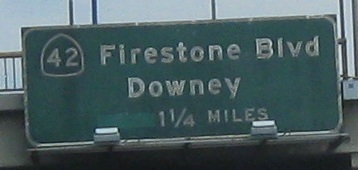
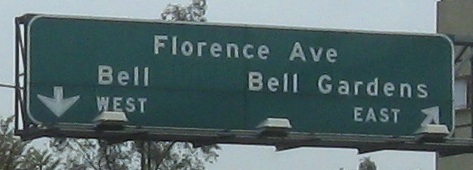
The last photo is on the Exit 15 ramp. CA 42 no longer follows Firestone Blvd. - or any road, for that matter - so it should be greened out. But there was no need to green out the word "Exit" below it. Even if it's not 100% correct for new signs, unlike the 42 shield, it doesn't mislead anyone or present incorrect information. That said, I like seeing remnants of former routes on signs. (Fun fact: From 1968 until 2000, when the last piece of CA 42 technically disappeared, even more technically it was designated CA 105. However, Caltrans continued to sign it CA 42, perhaps in large part because the CA 105 number was assigned as a temporary route while parallel I-105 was constructed, and having I-105 next to CA 105 would have caused problems.)
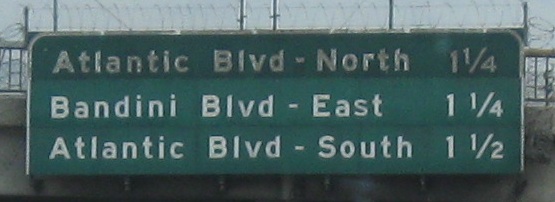
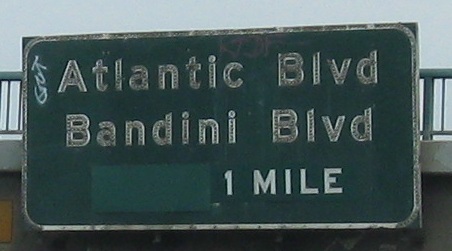
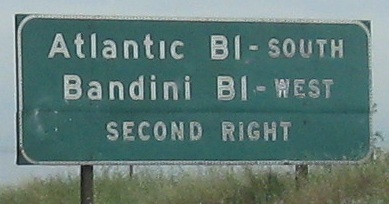
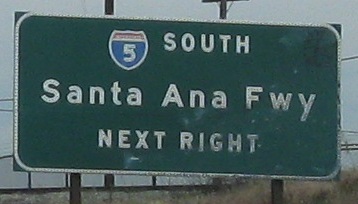

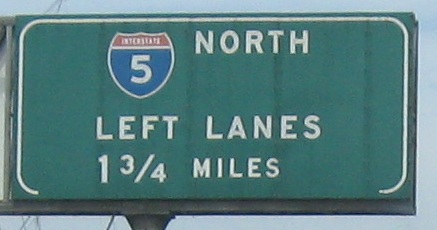
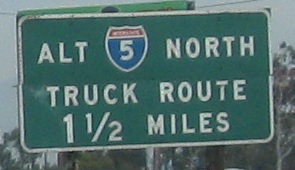
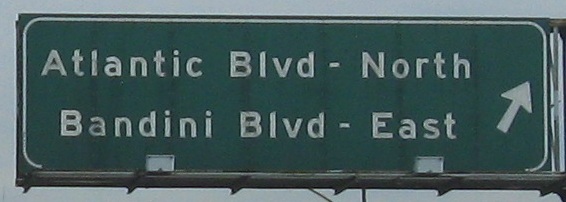
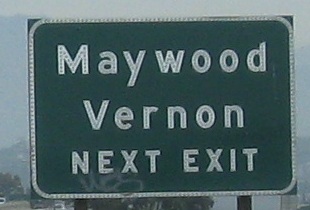
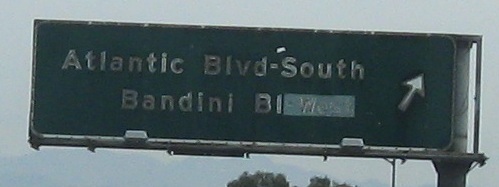
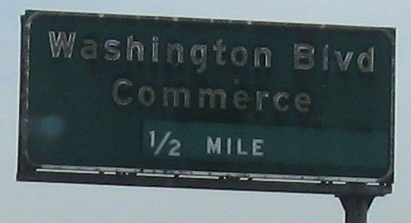


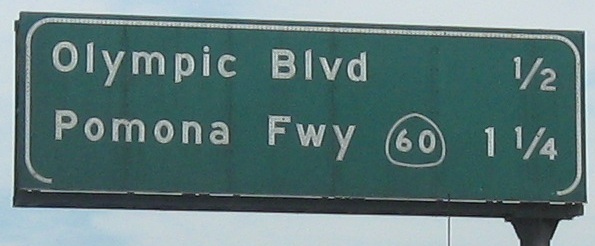

I compressed the gantry in the last photo to avoid losing any button copy resolution. I wonder if the ALT TRK RTE is the middle lane only. Assuming it's not (which is 100% likely), there should have been room to put the words on the sign without having to green over an original arrow.


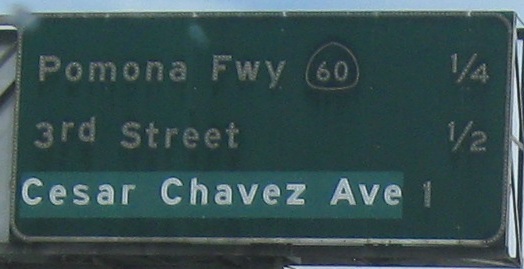
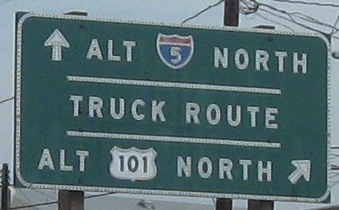


Maintaining the highest possible resolution, I split one gantry into two photos. Again, that helps bring out how I-710 is patched over CA 7.

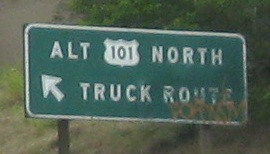

The last two photos are along the Exit 20A ramp to CA 60. I don't even know why I bother giving you the exit numbers all the time. You'll never need to, or be able to, use them.
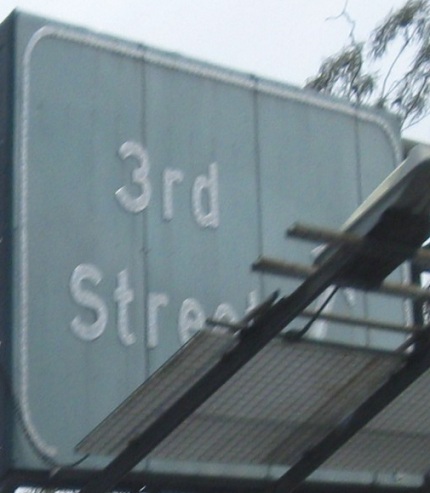

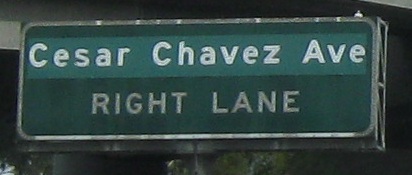

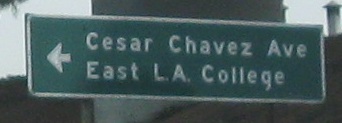
This part of Cesar Chavez Ave. patched over Brooklyn Ave., but long enough ago to still be button copy. The exit sign was changed at that time instead of patched, and you can see the ugly, incomplete border that's not at the edge of the sign like it should be. The last photo is on the ramp. Oh, it's Exit 20C. Like it matters.
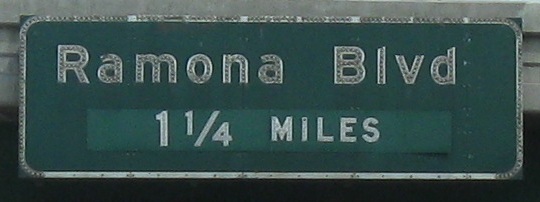



Very interesting assembly in the last photo. On the left, you once had CA 7 to Pasadena instead of I-710 to Valley Blvd., and I wouldn't put it past the "Left 2 Lanes" to be covering something else as well, making the entire sign a patch. On the right, all the parts seem to be original (if rusting), and you have a treat - one of the exceedingly rare uses of Series D Modified button copy! (That's the narrower font used for San Bernardino, but modified to be thick enough to hold the reflectors inside. You can't get any narrower and still have reflectors without completely losing the letter forms due to elimination of the spaces inside.)
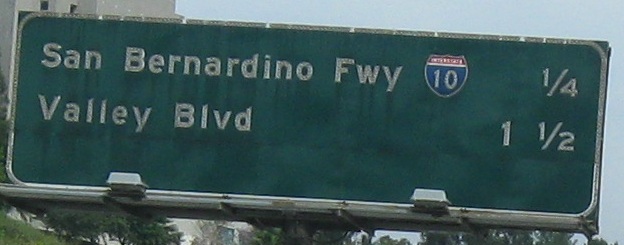


Who knows what third destination would have been listed on the advance exits sign? Now, Pasadena has been tacked onto I-10 EB, which is bad because that's the last time it's mentioned. It would have been far better to take traffic up I-710, make a right at the end, and then a left to get to Pasadena. There truly is no faster way, not even by taking I-10 all of one exit, and it would be consistent with existing signage. None of the patch jobs (except I-710 over CA 7) would have been needed! The last photo is on the exit ramp. Exit 22.
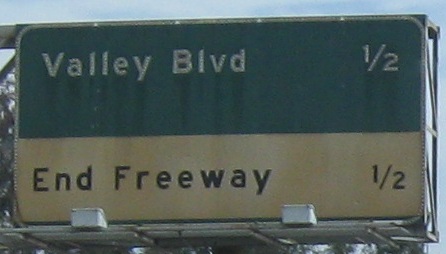
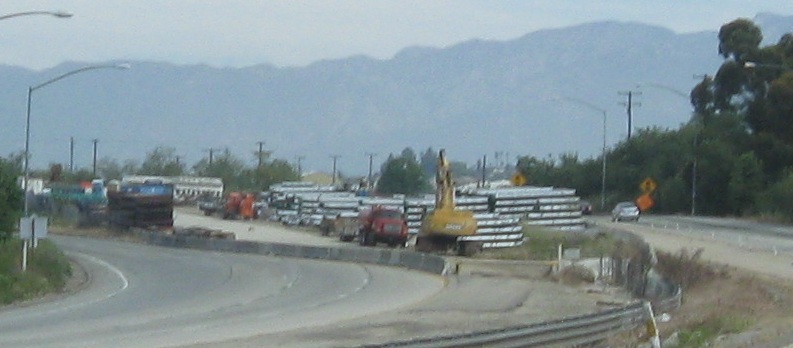
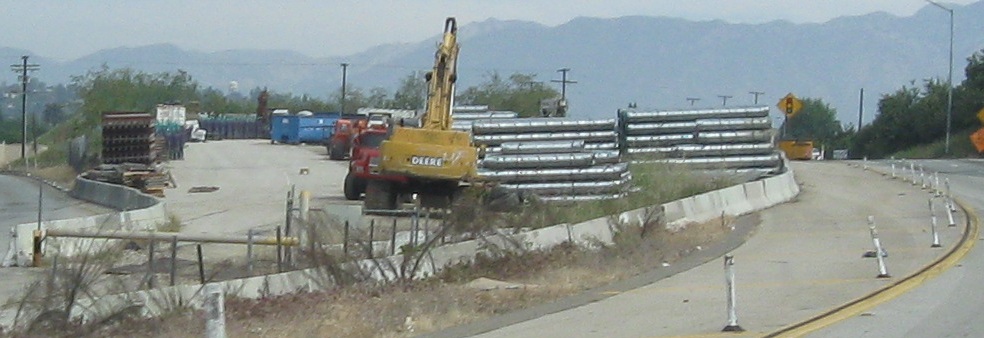

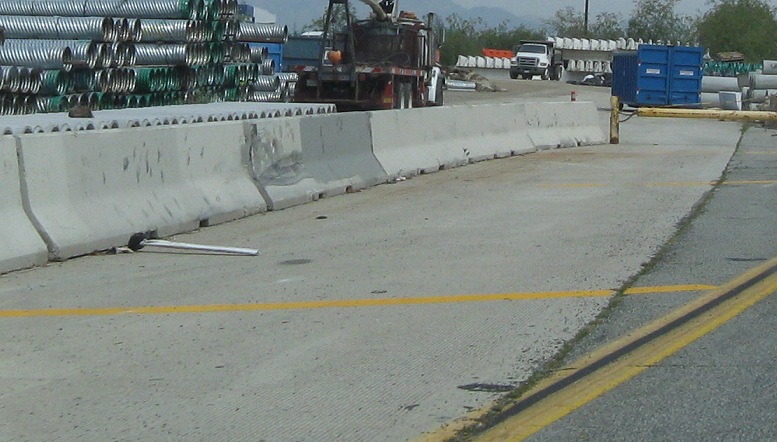
With nothing left to do, I-710 just ends at the next exit. The old "End Freeway" banner may be a relic of the freeway-building era of the 1960s when such banners were routinely put on signs across the country as pieces of freeway were built, then removed for the actual sign legend later once the next section was complete. Someday, hopefully before my grandchildren have grandchildren, traffic will be able to follow the grooves in the roadway to I-210 like nature intended.
Over to the SB side
Future I-710, the unsigned CA 710 stub
Back to I-710 main page
Onto CA 1
Onto I-405
Onto I-5
Onto CA 60
To US 101
Onto I-10
Back to California Roads
Back to Roads


































































